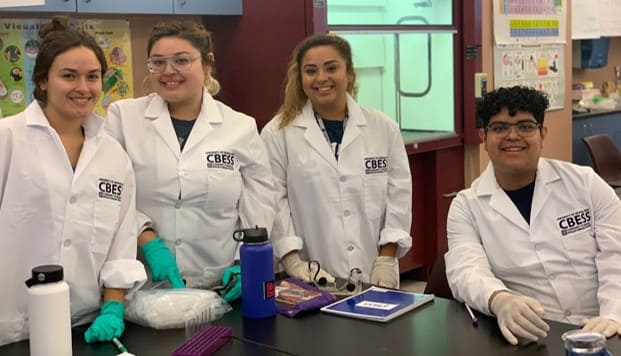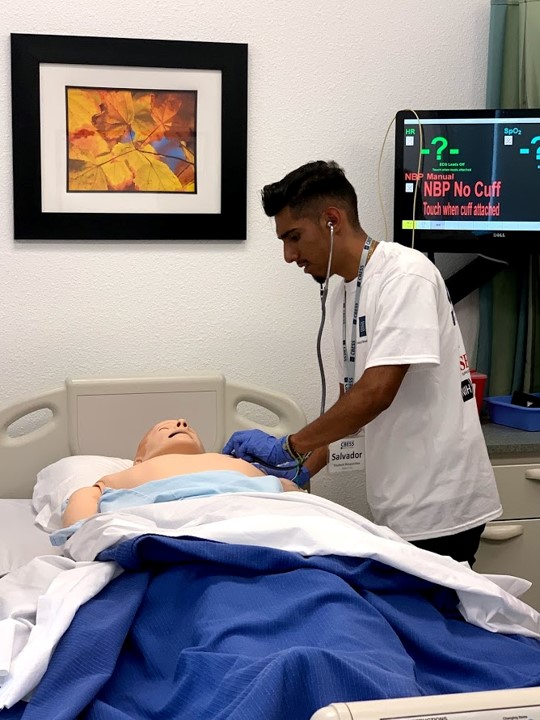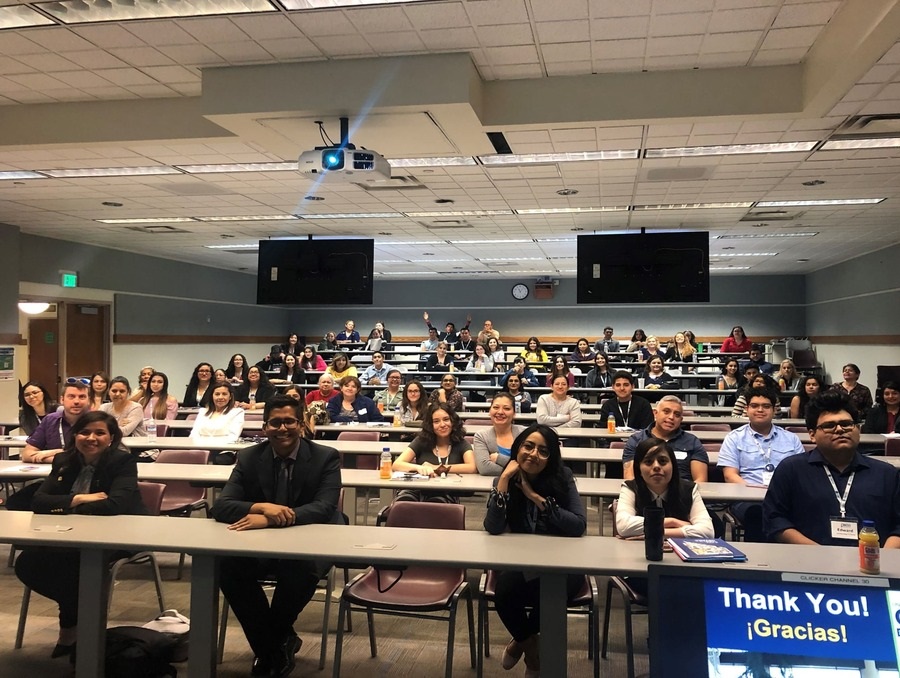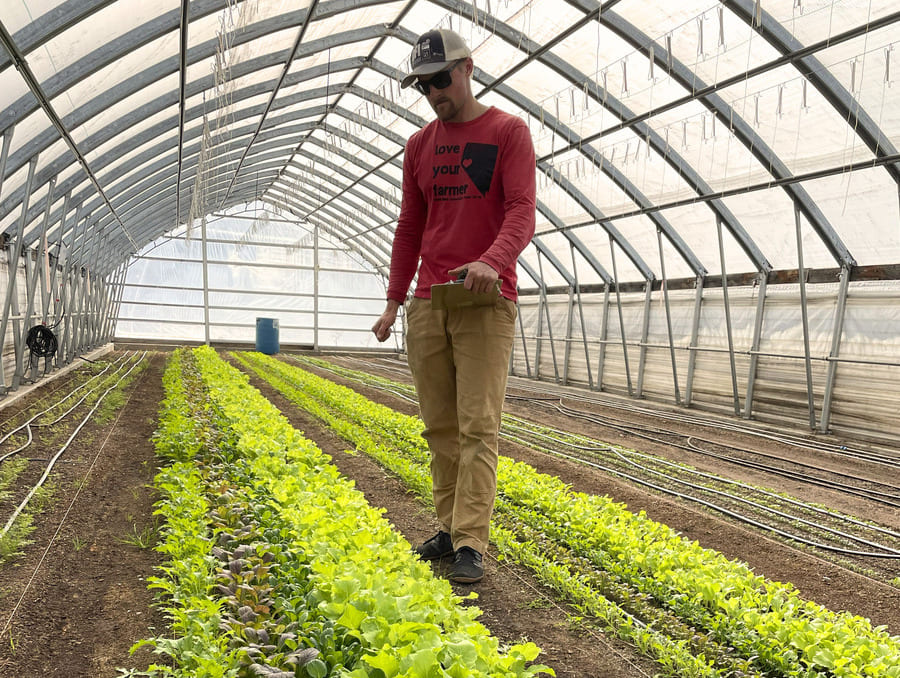The Community of Bilingual English-Spanish Speakers Exploring Issues in Science and Health is a collaboration between the College of Education and Human Development, the School of Medicine and the School of Community Health Sciences. The program has seen three cohorts of high-school students. The first cohort, a part of which happened before the beginning of the COVID-19 pandemic, was an in-person experience featuring tours of on-campus facilities and learning opportunities. As the world shifted online, CBESS adapted so students could complete the program remotely. Throughout every cohort, the constant has been the goal to bring students bilingual in English and Spanish into STEM and health-related fields, to create better medical care for Nevada’s growing Spanish-speaking population and open new career opportunities for the next generation.
“If you can't communicate with your doctor, you're not going to go see your doctor,” Co-Director of the program and Evaluator at the Raggio Research Center Jacque Ewing-Taylor said. “When people don't have access to healthcare, many of the population uses their children to translate for them. We see, in certain situations, a sixth-grader coming in with her mother to try and explain what the doctor and nurses are saying about her mother’s illness or condition. They don’t know medical terminology. The opportunity for mistranslation is significant.”
The initiative’s transition to an online setting presented a unique set of challenges that were accompanied by an effective set of solutions. To promote equitable access to the program, the project developed a system where kits with all the necessary materials for science experiments were shipped directly to students’ houses, ensuring that every student could participate. Ewing-Taylor described Program Coordinator Jenica Finnegan’s relationship with the students as a key component of the program’s success. Student mentors, bilingual themselves, are in constant contact with program participants to ensure their understanding and success.
“We have frequent check-ins between myself and the mentors, so I can see how they’re doing and make sure that they’re communicating with their students,” Finnegan said. “Communication, in a nutshell, is essential, making sure students are still with us and feel engaged. We do facilitation training with our mentors, trying to coach them on how to build rapport and connect with students.”

As the program evolved, the curriculum evolved with it. To satisfy the new need for online materials, researchers across the University collaborated to develop a new set of tools that would provide high-school students with the necessary knowledge to succeed at a college-level science program without leaving their own homes. The new curriculum includes a mix of general scientific background knowledge and information designed to be specifically relevant to the students, like information on the COVID-19 pandemic.
“Understanding the nature of science was a really important piece,” Executive Director of the Raggio Research Center and Professor of Science Education David Crowther said. “We started off with the definitions of living and non-living, then moved into the bacterial world, then moved into the viral world, and capped it off with what we knew about COVID-19 so far, the misconceptions and all those different kinds of things.”

The students don’t spend all the program watching and learning. Rather, they are asked to apply the information that they have absorbed through a group-based community project at the end of the program. The project is specifically designed to not only get the students involved in issues relevant to their personal lives and experiences but to teach them communication and teamwork skills necessary in the professional realm.
“This project taught them how to research a question, how to gain data by providing surveys or interacting with the community and how to address a problem,” Assistant Professor of Molecular Biosciences Ruben Dagda said. “We provide the resources and a mini-budget that they work with. There’s many different life skills that we try to teach them.”
















